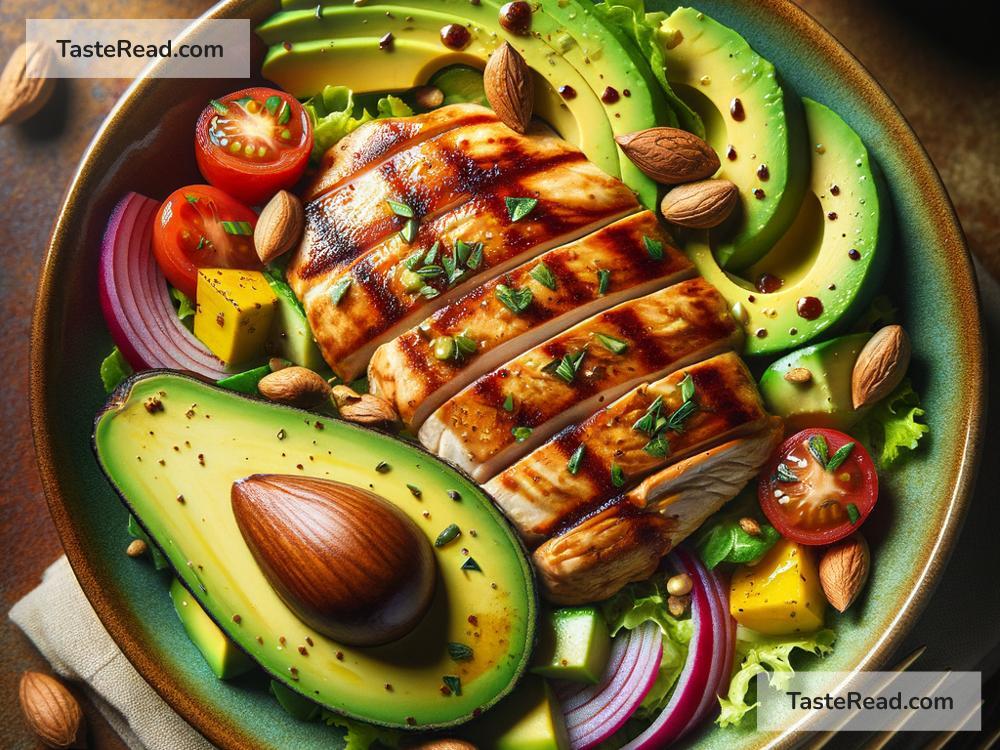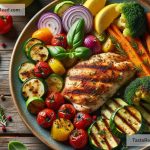Balancing Paleo and High-Protein Diets for Muscle Gain: A Simple Guide
When you’re gunning for muscle gain, nutrition is as crucial as your workout routine. Among the myriad of dietary approaches out there, the Paleo diet and high-protein diets stand out, especially among fitness enthusiasts. However, combining the principles of both to support muscle growth while staying healthy might seem like walking a tightrope. But guess what? It’s entirely doable. Let’s explore how you can strike that perfect balance in simple English.
Understanding the Basics
First off, let’s break down what we’re talking about. The Paleo diet, short for Paleolithic, is all about eating foods that our hunter-gatherer ancestors would have eaten—think meats, fish, nuts, leafy greens, regional veggies, and seeds. On the flip side, dairy, grains, and processed foods are a no-go.
A high-protein diet, as the name suggests, emphasizes consuming a lot of protein — the building block of your muscles. Protein is essential for muscle repair and growth, especially if you’re hitting the weights hard at the gym.
Why Combine The Two?
You might wonder, “Why not just pick one and go with it?” Well, combining the best of Paleo and a high-protein diet could provide the ultimate mix for not only gaining muscle but also improving overall health and well-being. The Paleo diet brings in the quality of the food you eat, focusing on whole foods, while the high-protein aspect ensures your muscles get enough fuel to grow.
Step 1: Protein, Protein, Protein
Focus on high-quality, lean meats like chicken, turkey, and fish, which are Paleo-friendly and packed with protein. Eggs (if you include them in your Paleo variation) are another excellent source. The aim is to incorporate these protein-rich foods in every meal to meet your muscle-building needs without overloading on fatty cuts.
Step 2: Don’t Forget the Veggies
While it’s easy to get caught up in upping your protein intake, vegetables are essential. They provide necessary vitamins, minerals, and fibers which help in digestion and overall health. Make half your plate veggies—your muscles and digestive system will thank you.
Step 3: Carb Smart
In a typical Paleo diet, you’re cutting back on grains, which are common sources of carbs. However, for muscle gain, carbs are your friend—they’re the energy source your body taps into during workouts. Sweet potatoes, bananas, and other fruits can be excellent Paleo-compatible carb sources. They’ll help fuel your workouts without breaking the Paleo rules.
Step 4: Healthy Fats Are Your Friends
Healthy fats are crucial on both diets for energy and to support cell growth, including muscle cells. Avocados, nuts, and seeds are great options that fit both Paleo and high-protein requirements. They also help you feel full longer, which can help manage your overall calorie intake.
Step 5: Timing Matters
To truly leverage your diet for muscle gain, consider your meal timing. Eating a protein-rich meal or snack within an hour after your workout can help optimize muscle repair and growth. Similarly, a balanced breakfast can kickstart your metabolism and improve performance during workouts.
Common Pitfalls to Avoid
- Going Overboard on Protein: Yes, you need a lot of protein, but too much can be taxing on your kidneys and can lead to dehydration. Balance is key.
- Ignoring Micronutrients: It’s not all about protein and carbs; vitamins and minerals play a significant role in muscle recovery and overall health.
- Underestimating Hydration: Water is crucial for transporting nutrients to your muscles and keeping your energy levels up. Don’t underestimate its power.
Sample Day on a Plate
Breakfast: Scrambled eggs with spinach, avocado, and a side of sliced apples.
Lunch: Grilled chicken breast with a large mixed greens salad, dressed with olive oil and lemon juice. Add a handful of almonds for crunch.
Snack: A banana or a small serving of berries with a handful of nuts.
Dinner: Baked salmon with steamed broccoli and sweet potato mash.
Conclusion
Combining Paleo principles with a high-protein diet for muscle gain might seem challenging at first glance, but it’s a powerful way to fuel your body for performance, recovery, and growth. By focusing on whole, nutrient-dense foods, balancing your macronutrients, and timing your meals right, you’ll be well on your way to reaching your muscle gain goals while staying healthy and energized. Remember, the key to success is in the balance. Happy lifting!


